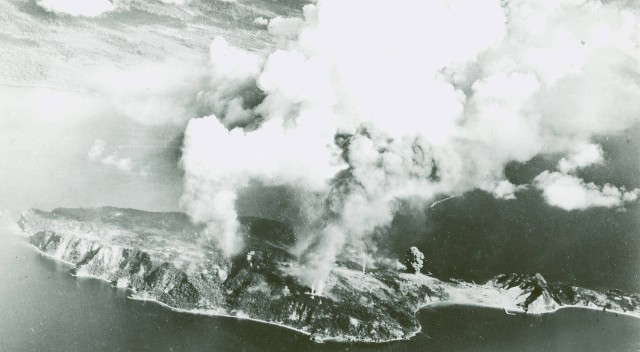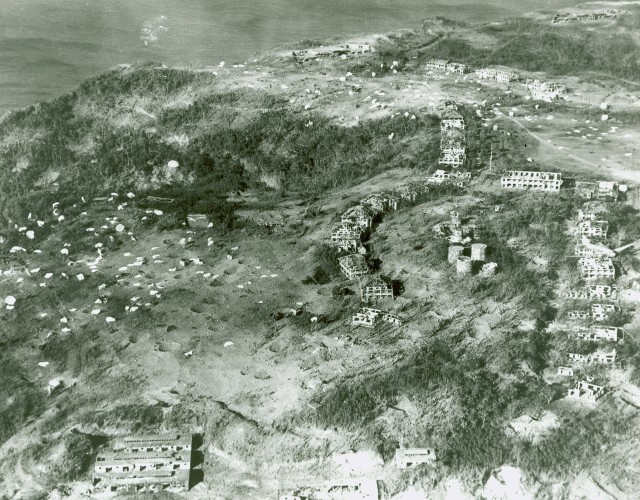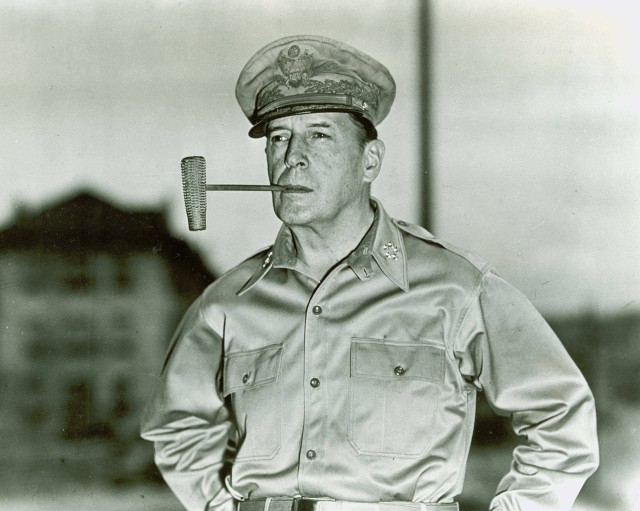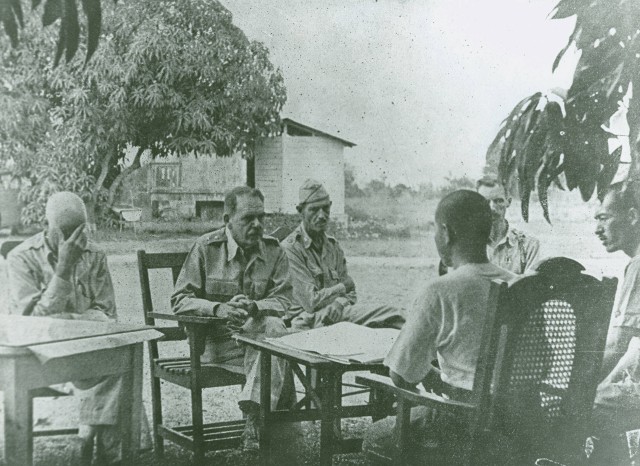The world was at war, but December 1941 began for the United States with this great nation isolated and distant from the conflicts. Soon, every newspaper in America proclaimed the news that no one believed could have happened: Aca,!A"The Japanese have Bombed Pearl Harbor,Aca,!A? and America was at war! In a speech to Congress, President Franklin D. Roosevelt described December 7, 1941, as "a date which will live in infamy".
Almost immediately after the bombing of Pearl Harbor, the Japanese air units from Taiwan attacked Clark Field in the Philippines to destroy the air command that the United States Army had stationed there. In the days leading up to Christmas 1941, the Fourteenth Army of Japanese Lieutenant General Masaharu Homma landed in northern Luzon and compelled General Douglas MacArthurAca,!a,,cs defending forces, including the Filipino Reservist Army plus the American units (primarily Philippine Scouts regiments in the U.S. Army), to make a full retreat into the Bataan Peninsula. From there, the Allied forces formed a line that they held briefly, while taking extremely heavy casualties.
February would come, then go, and take with it the precious few supplies of food, weapons and medicine. The allied troops on the Bataan Peninsula were suffering not only from fatigue and disease but also from the feeling of abandonment. The Japanese placed a very tight barrier around the Philippines, further isolating the troops of General MacArthur.
Not wanting to lose General MacArthur to the Japanese, President Roosevelt had ordered him to leave the Philippines. The General had to make a decision to stay with his troops and disobey the President or leave the Philippines and appear to abandon the men who had fought so courageously to defend the islands. MacArthur chose to obey President Roosevelt and left with his staff on March 11, via PT boats to Australia. Before he boarded his boat to leave, MacArthur uttered the famous words of hope to his brave but weary warriors: Aca,!A"I shall return.Aca,!A? Miraculously he quietly slipped past the blockade and escaped to Australia.
At the time, the thinning ranks of American warriors began to feel abandoned and blamed General MacArthur for leaving when the situation looked bleak. The American GIs told derisive jokes and sang songs focusing their anger toward their absent leader.
Aca,!A"WeAca,!a,,cre the battling bastards of Bataan.
no mama, no papa, no Uncle Sam,
no aunts, no uncles, no cousins, no nieces,
no pills, no planes, no artillery pieces
and nobody gives a damn.Aca,!A?
Within a few weeks, their situation worsened. On March 28, 1942, the Japanese forces began moving into position for an all-out assault against the American enclave. By April 9, the American forces on Bataan surrendered. Early the following month, Corregidor, the other harbor defenses of Manila Bay, and the rest of the American units in the Philippines were also surrendered.
The fall of the Philippines was unquestionably a serious defeat, but the valiant effort by the American and Filipino Soldiers, Sailors, and Marines had not been in vain. The Aca,!A"Lost CauseAca,!A? became a brief delay that cost the Japanese more than they realized at the time. America and her Allies used that effort to slow JapanAca,!a,,cs war progress through the Pacific Theater. The Americans also viewed the struggle on the Philippine Islands as a type of battle cry to help get them through during the early days of World War II and to fight on to victory by 1945.
ABOUT THIS STORY: Many of the sources presented in this article are among 400,000 books, 1.7 million photos and 12.5 million manuscripts available for study through the U.S. Army Military History Institute (MHI). The artifacts shown are among nearly 50,000 items of the Army Heritage Museum (AHM) collections. MHI and AHM are part of the: Army Heritage and Education Center, 950 Soldiers Drive, Carlisle, PA, 17013-5021.
Related Links:
A Working Bibliography of MHI Sources: Fall of the Philippines, 1941-42




![Island Fortress: This image shows the Island of Corregidor. The orginal caption states "3,128 tons of boms[sp] were dropped on Corregidor to soften up target ares [sp] totaling about one square mile." this image dates from the later period of WWII an...](https://api.army.mil/e2/c/-images/2010/03/28/67825/army.mil-67825-2010-03-25-130300.jpg)



Social Sharing